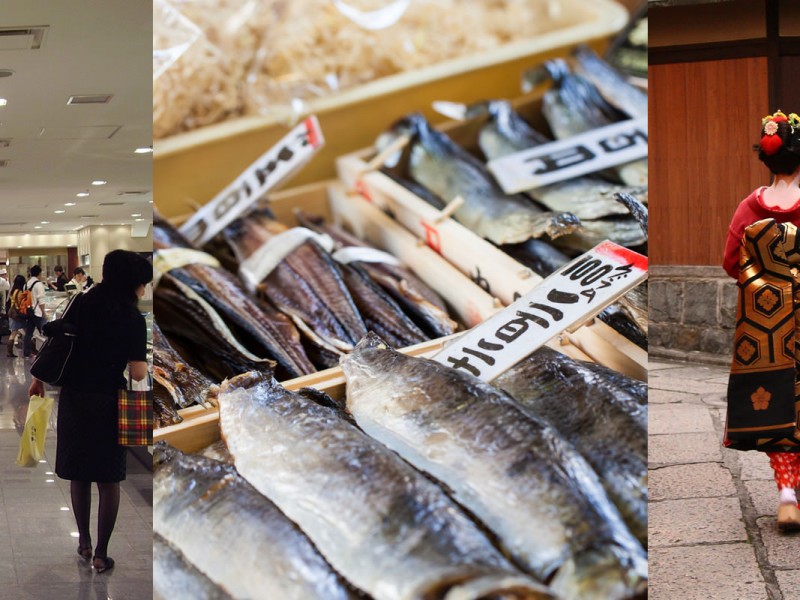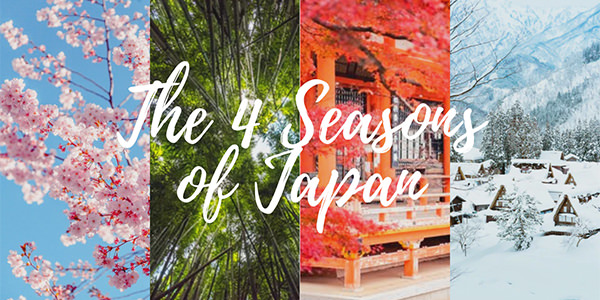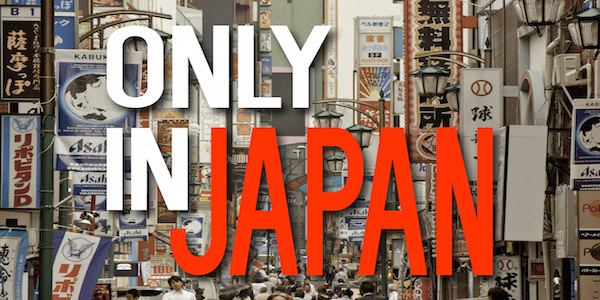Salad is a staple in a healthy eating habit but there isn’t a lot of variations to it. To save you from getting bored of the same old salad, we’ve put together some recipes and. Tips in creating a Japanese salad! Using Japanese salad dressings and ingredients, you can create a Japanese style, healthy and tasty salad that Aussies are starting to catch on to.
There are many flavours of Japanese salad dressing that doesn’t exist in Japan, and not only that there are also plenty of non-oil or low sodium, health conscious salad dressings available.
In Japan, super foods like seaweed and tofu are used in salad, allowing you to create volumes vegan or vegetarian salads. Japanese salad’s are easy to create – all you need is a Japanese style salad dressing over your favourite salad.
1. What kind of salad dressings are there?
Of course there are French or Italian salad dressings in Japan, but we’ve put together a list of uniquely Japanese salad dressing here. You can easily find the four at stores in Australia.
– Sesame Seed (goma)
Sesame is one of the most popular flavour salad dressing in Japan. People even say picky eaters overcome eating veggies with just a splash of the sesame dressing! It goes well with all sorts of vegetables, as well as meat and noodles. Plenty of variety is available, choose from sesame seed or black sesame and soy sauce base or mayo base.
– Wafu (Japanese style)
A soy sauce based dressing. When the Wafu dressing was created, more people in Japan began eating salad. You can choose from onion, wasabi, yuzu base and you can put it together with other foods like stir fries or marinate food with the Wafu dressing.
– Non Oil
The non oil dressings are great for those health conscious people who want to avoid fats as possible. It’s a simple, fresh tasting type of salad dressing with plum or Ao-Jiso (green perilla) flavouring.
– Mayonnaise
Japanese mayo is popular around the world for its light flavour. It goes well with most foods so it’s a great pick for salads as well.
2. What are some Japanese salad ingredients?
Here are some of our top recommended Japanese salad ingredients. These will help you make a filling meal out of salad even without meat!
– Chirimen-Jako (dried sardine frys)
These are packed full of nutrients from calcium to iron, and vitamin B2. Plenty of EPA and DHA benefits in it as well. Matches well with vegetables like Mizuna and Daikon white raddish, with Wafu dressing and green perilla.
– Tofu
Just by adding small chunks of tofu, you can add volume to your salad. Perfect for vegetarians and those watching their waist line. Goes perfectly with sesame seed dressing.
– Natto
Natto is a fermented superfood that is good. To help with the prevention of stroke, diabetes and even dimenture. It is also said to improve allergies and bone health. It is usually enjoyed with a bowl of white rice however, it’s actually delicious in a salad.
– Shio-Konbu (salty knob seaweed)
This is a great addition to salad as well as rice and pasta. It’s made with julienned knob that was cooked in salt or soy sauce. It’s packed full of flavour so all you’ll need is some cabbage and a drizzle of sesame oil to make a tasty salad.
– Wakame (dried seaweed)
Soak the wakame seaweed in water for 5 minutes and then you can add it to any salad! It’s a low cal but filling food item and it goes well with cucumber and tofu. Add a splash for Wafu Ao-jiso dressing!
– Katsuo-bushi (dried bonito flakes)
The Katsuo-bushi is a traditional Japanese preserved food, made by cooking bonito then drying it. It goes well with fresh onion and Mizuna. Just sprinkle it on top of any salad to add flavour and flourish to it!
Here are a couple of recipes utilising the ingredients from above!
Tofu & fried jako salad
Ingredients (for four)
– 3 x lettuce leaves
– 1/2 Mizuna
– 300g of tofu
– 40g of Chirimen-Jako
– 10g Wakame seaweed (soak in water before use)
– 1 x tomato
Process
1. Rip up the lettuce and cut up the Mizen in bite sizes. Lightly dry the tofu and also cut it up in bite seize.
2. Heat up a frying pan and put some vegetable oil of your choice in it. Then fry up the Chirimen-Jako until it’s crispy.
3. Put the salad ingredients together in a bowl and garnish with the fried Chirimen-Jako. Finally add a Japanese dressing of your choice. Our recommendation are Ao-jiso, Ponzu or Wafu
Pork shabushabu salad
Ingredients (for two)
– 150g of sliced pork
– 100g lettuce
– 1 x cucumber
– Cornstarch powder
– Sesame seed dressing
Process
1. Rip up the lettuce in small bite size and soak in cold water. Once it’s crispy, take out of water and dry. Cut cucumber in half then thinly slice.
2. Dust the pork with some cornstarch then cook in boiling water, slice by slice. Once the colour changes, put it in cold water and dry once the meat is cooled.
3. Put the lettuce and cucumber in a bowl with the pork on top. Add the dressing and it’s ready to eat.
Tip: The cornstarch makes the pork more tender when cooked. Add baby tomatoes and sliced onion for extra flair!
Find your favourite dressing at Tokyo Mart!
Japanese salad dressing transforms any vegetable into a tasty treat and can be used for more than just salad. It’s so handy to have a bottle or two or three in your pantry. At Tokyo Mart, they have 10-2o kinds of salad dressings as well as Japanese ingredients such as Chirimen-jako, Shio Konbu, Wakame seaweed, Tofu and bonito flakes. If you love Japanese food, Tokyo Mart is a must visit store. They will help you incorporate Japanese home-cooking in your day to day lifestyle!
Shop 27, Northbridge Plaza, Northbridge
(02) 9958-6860
Mon-Wed, Fri 9am-5pm、Thu 9am-6pm、Sat 9am-5:30pm、Sun 10am-4pm
www.junpacific.com www.facebook.com/tokyomartsydney

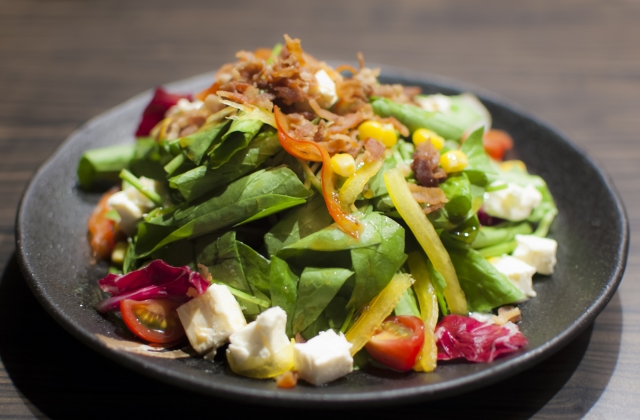
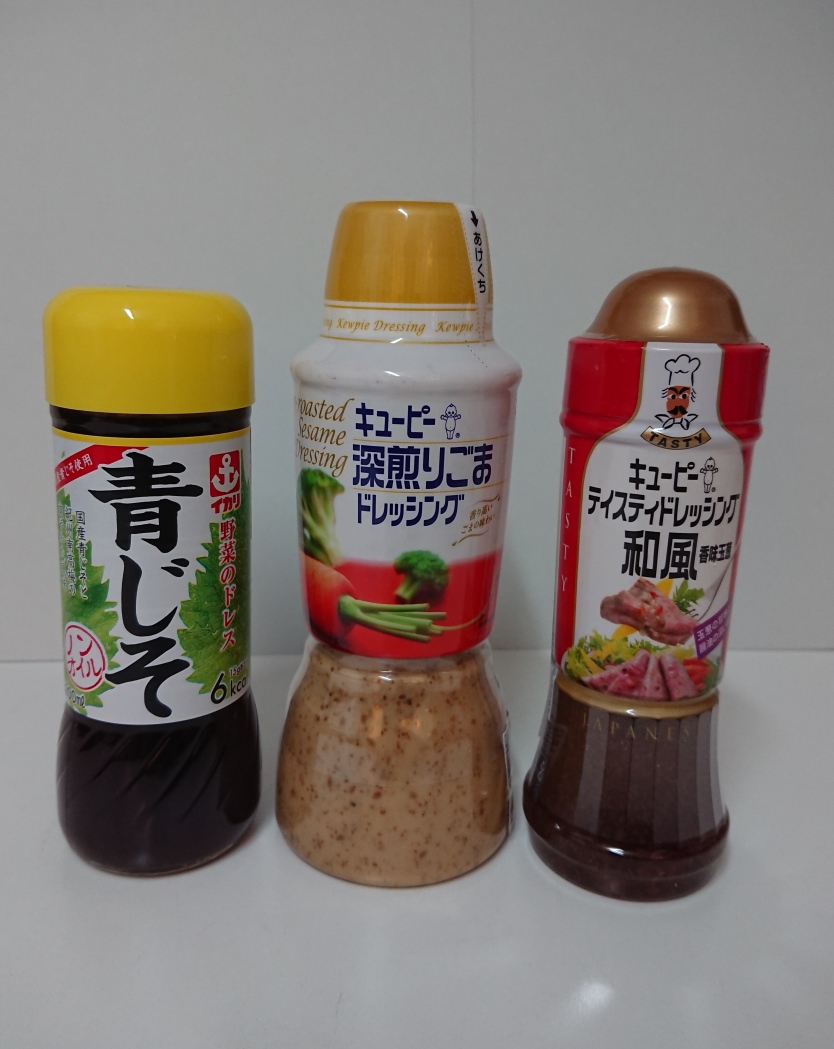
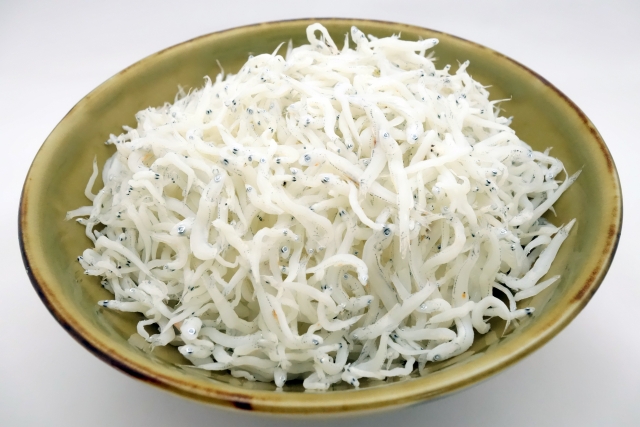
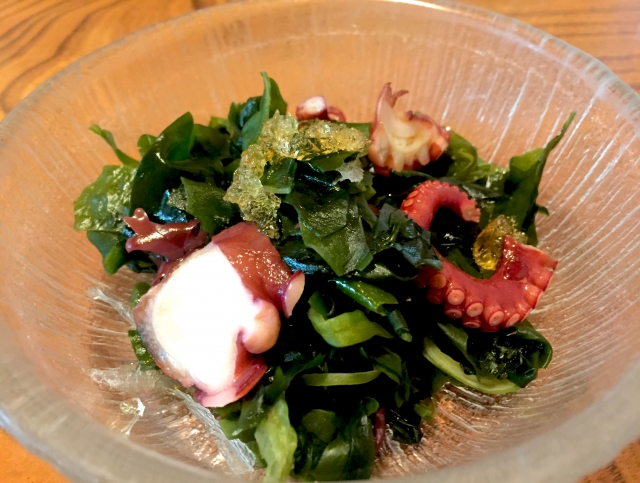
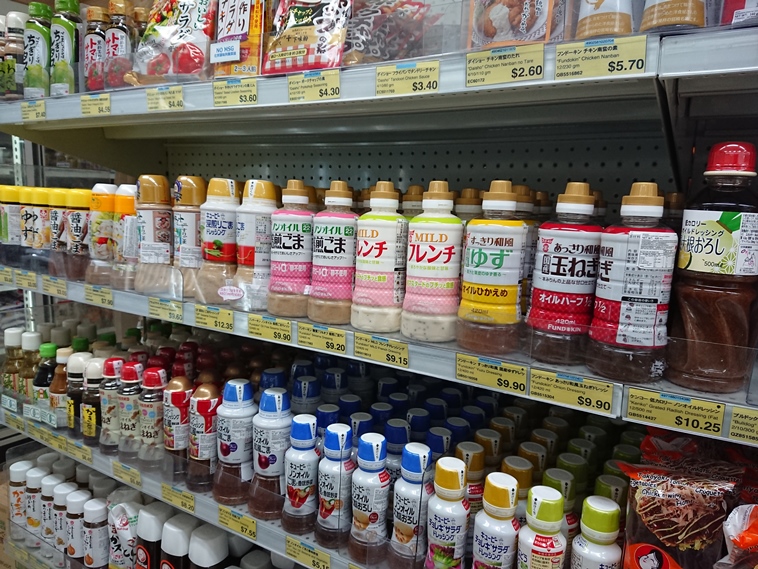
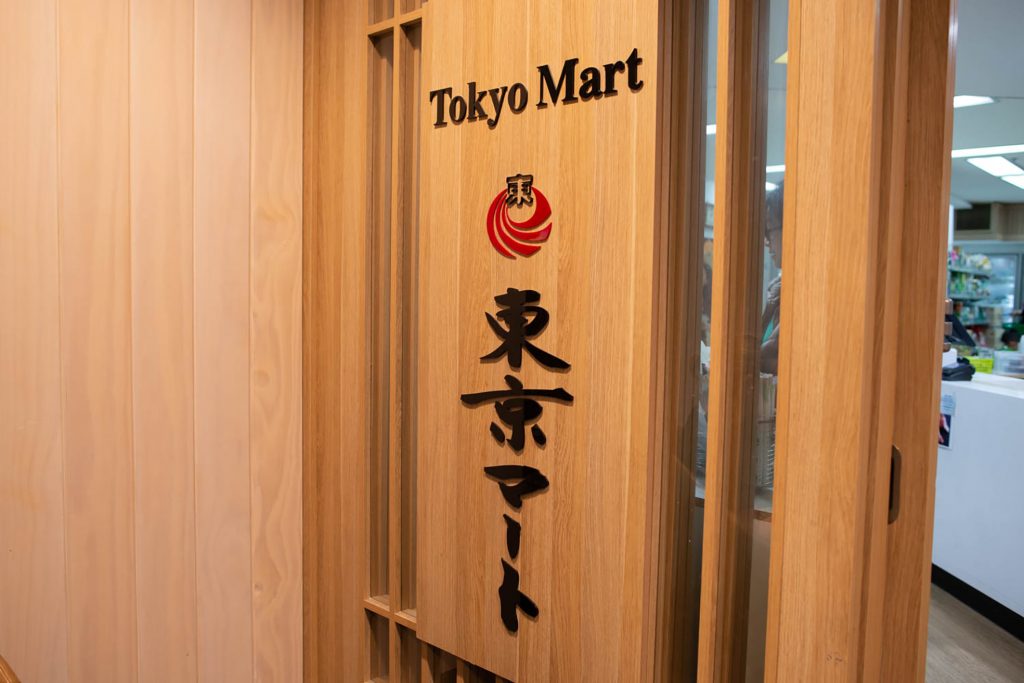
 | Temperature: 18
| Temperature: 18


